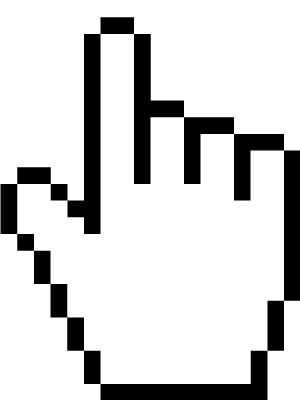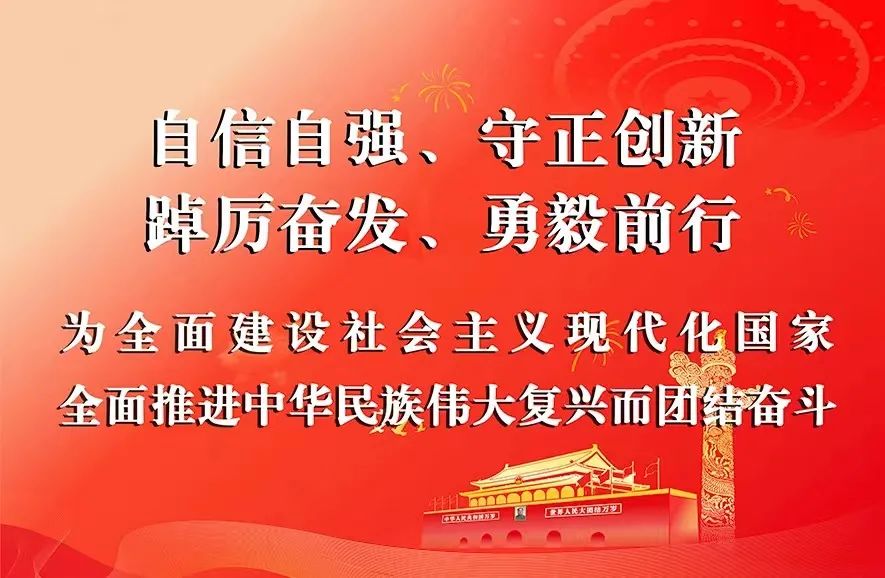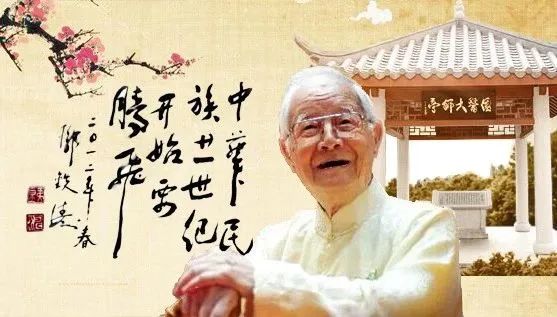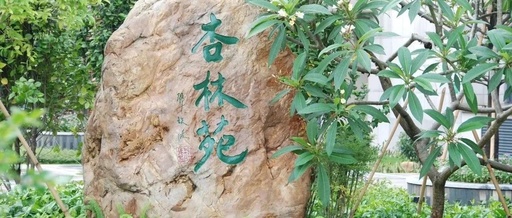
Lingnan Fire Needle Therapy for Post-New Year Food Accumulation
Medical Guidance: Acupuncture and Tuina Rehabilitation Center, Dr. Wang Shuxin, Chief TCM Physician
Written by: Acupuncture and Tuina Rehabilitation Center, Dr. Lin Shiyu, Attending Physician, Dr. Li Hongzhu, Attending Physician
As the Year of the Rabbit brings good fortune and joyful gatherings, many friends indulge in feasting with family and friends during the New Year. Numerous readers have reported feeling bloated even before the holiday is over. Dr. Wang Shuxin from the Acupuncture and Tuina Rehabilitation Center at the First Affiliated Hospital of Guangzhou University of Chinese Medicine explains that food accumulation leading to abdominal bloating can be treated with Lingnan Fire Needle Therapy, which promotes intestinal peristalsis and aids digestion.
The Neijing states: “Excessive food intake harms the spleen and stomach.” Overeating can overwhelm the spleen and stomach, leading to food accumulation. Food accumulation, also known as food stagnation, occurs when food remains in the stomach and intestines due to irregular eating habits, resulting in symptoms such as poor appetite, nausea, abdominal bloating, diarrhea, and constipation. The pathogenesis involves undigested food stagnating in the stomach and intestines, with spleen dysfunction and qi stagnation. The spleen governs transformation and transportation, while the stomach is responsible for passage and harmony; thus, treatment should focus on resolving and unblocking.
Acupuncture Points: Zhongwan (中脘), Shenque (神阙), Pishu (脾俞), Weishu (胃俞), Zusanli (足三里).
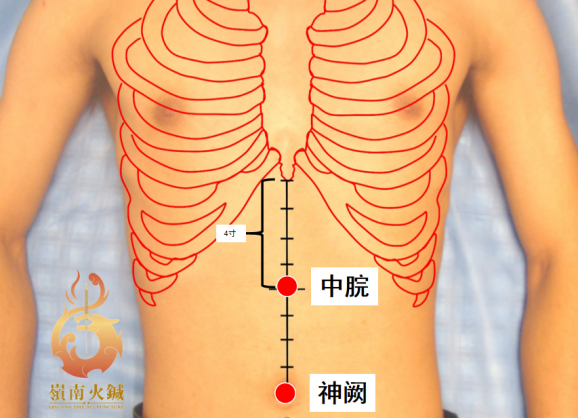
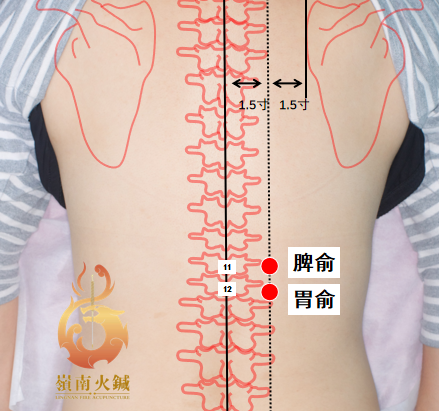
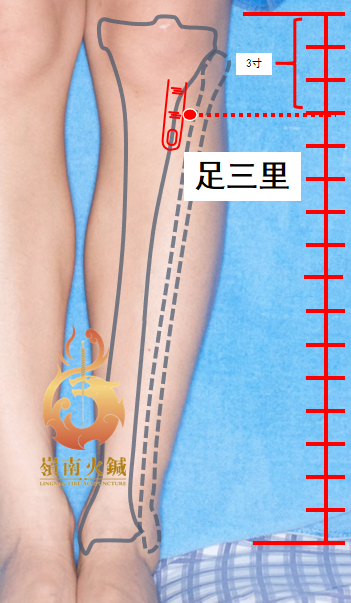
Procedure: The patient assumes a comfortable position. After routine disinfection of the acupuncture points, a thin layer of Wanhuo oil is applied. The fine fire needle is heated in the outer flame of an alcohol lamp until it glows red, then shallowly punctured repeatedly, with 7 punctures per group and 3 groups per point. For the Shenque point, the Lingnan fire needle is used to puncture around the navel in a circle, and after treatment, a thin layer of Wanhuo oil is reapplied. Treatment is performed 2-3 times a week.
Point Analysis: Zhongwan, also known as Taicang or Weipian, is the mu point of the stomach and the hui point of the organs, paired with Weishu, and together they regulate the qi of the organs. The location of Zhongwan corresponds to the projection area of the stomach in the human body, providing local stimulation. Zhongwan harmonizes the stomach, strengthens the spleen, and promotes water metabolism, making it a key point for treating gastrointestinal diseases. Shenque, located at the center of the navel, has a subcutaneous network of blood vessels and is generally not suitable for needling; it is better to use moxibustion. The Lingnan fire needle is used for shallow puncturing, breaking the skin without deep insertion, providing a synergistic effect of needling and moxibustion, which is safe and effective, with functions of tonifying the spleen, invigorating blood, warming yang, and promoting water metabolism. Zusanli is the he-sea point of the stomach and is easily accessible, known for its ability to strengthen the spleen and enhance vitality, serving as a key health point that can dry dampness in the spleen and generate stomach qi.
Pishu and Weishu are back shu points of the foot taiyang bladder meridian, suitable for treating corresponding organ diseases and related tissue and organ conditions. The spleen and stomach are interrelated, thus Pishu and Weishu are used to treat various digestive system diseases. The above points are located on the trunk and limbs, and can be treated with Lingnan fire needle for frequent shallow puncturing, achieving the effects of promoting spleen function, warming yang, unblocking channels, and harmonizing the stomach.
Case Study:
Mr. Zhou, 45 years old, presented with recurrent abdominal bloating and constipation for 3 days. The patient reported bloating after overeating and consuming greasy foods, accompanied by belching and no bowel movement for 3 days. His tongue was red with a thick white coating, and his pulse was wiry and slippery. The TCM diagnosis was food accumulation, with a pattern of food stagnation in the stomach and intestines, while the Western diagnosis was functional dyspepsia. After puncturing Zhongwan, Shenque, Pishu, Weishu, Zusanli, Neiting, and Xiangu with Lingnan fire needle, the patient immediately experienced gas release and felt increased intestinal peristalsis.
Remarks:
1. Lingnan fire needle therapy has a comprehensive therapeutic effect of “warming, unblocking, tonifying, clearing, and resolving,” suitable for patients with poor gastrointestinal function and those prone to diarrhea in cold conditions, providing warming and tonifying effects. For symptoms of halitosis and constipation with excess heat, it can be combined with Neiting and Xiangu points; for symptoms of irritability and hunger associated with deficiency heat, it can be combined with Zhaohai and Taixi points to achieve effects of clearing heat, relieving irritability, and descending qi.
2. The above points are located in areas with abundant muscle, allowing for frequent shallow puncturing at a depth of about 1.25mm; for older or frail patients, a finer fire needle can be used, with a reduced depth accordingly.
3. For patients with long-term digestive dysfunction, prone to diarrhea or changes in stool characteristics, it is recommended to undergo a comprehensive examination at a hospital for integrated treatment.
Expert Introduction:
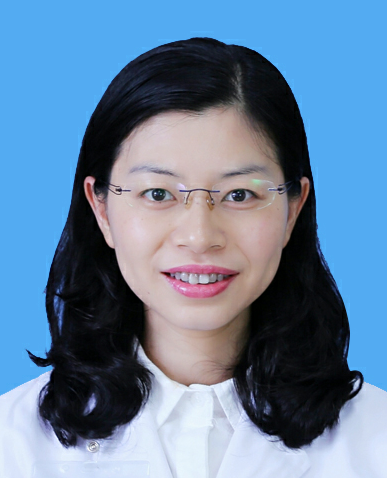
Dr. Wang Shuxin, MD, Chief TCM Physician, Master’s Supervisor, National Key Talent in Inheriting TCM Clinical Techniques, Outstanding Young Medical Talent in Guangdong Province, one of the inheritors of the “Jin San Needle Therapy” school, and one of the inheritors of the Guangdong Provincial Intangible Cultural Heritage “Lingnan Fire Needle Therapy.” He has received titles such as “Master of Lingnan Acupuncture” and “Expert in Auricular Acupuncture” in Guangdong Province. He studied under renowned TCM experts Professor Zhuang Lixing and Professor Lin Guohua, and currently serves as the Deputy Director of the Acupuncture and Tuina Rehabilitation Center at the First Affiliated Hospital of Guangzhou University of Chinese Medicine and Deputy Director of Rehabilitation Zone II. He is also the Vice Chairman of the Moxibustion Professional Technical Industry Community of the China Association for the Promotion of Traditional Chinese Medicine, Chairman of the Acupuncture Techniques Committee of the Guangdong Province Acupuncture Society, and a standing committee member of the Auricular Diagnosis and Treatment Committee of the China Acupuncture Society. He specializes in using Lingnan fire needle, Jin San needle, Qihuang needle, Zhuang’s Shen Regulation Needle Method, auricular acupuncture, Lingnan picking needle, point embedding, and moxibustion to treat diseases, particularly in various pain syndromes (neck, shoulder, waist, knee, ankle pain), neurological diseases (stroke, Parkinson’s disease, facial paralysis), allergic diseases, and sub-health conditions.
Consultation Schedule: Monday afternoon, Friday morning, Acupuncture Clinic at the Airport Road General Hospital (Neck and Lumbar Joint Pain Clinic), 5th Floor, Room 4, Outpatient Building (Building 2).
Author Introduction:
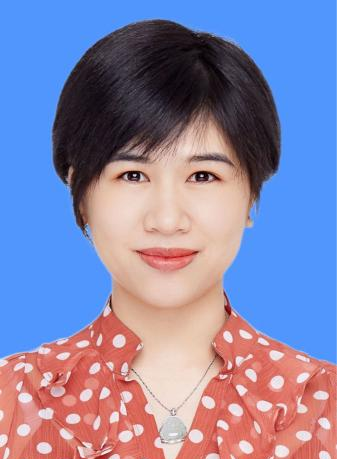
Dr. Lin Shiyu, MD, Attending TCM Physician, studied under the academic heir of renowned TCM expert Zhang Jiawei, Professor Lin Guohua, a representative inheritor of the provincial intangible cultural heritage “Lingnan Fire Needle Therapy,” and Professor Lin Lizhu. He is the seventh generation inheritor of the provincial intangible cultural heritage “Lingnan Fire Needle Therapy,” a member and deputy secretary of the Acupuncture Techniques Committee of the Guangdong Province Acupuncture Society, a member of the Fire Needle Committee of the China Acupuncture Society, a member of the Point Embedding Committee of the Guangdong Province Acupuncture Society, and a member of the Reproductive and Urological Committee of the Guangdong Province Acupuncture Society. Clinically, he specializes in using Lingnan fire needle, Lingnan picking needle, point embedding, Mai Li Moxibustion, and cotton moxibustion to treat various pain syndromes, neurological diseases, and tumor side effects.
Consultation Schedule: Tuesday afternoon, Xianlie East Clinic, Room 2 on the 3rd Floor. Friday afternoon, Acupuncture Clinic at the Airport Road General Hospital, 5th Floor, Room 5, Outpatient Building (Building 2).
Author Introduction:
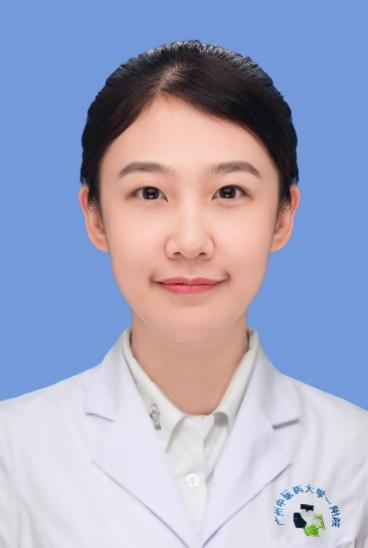
Dr. Li Hongzhu, MD, graduated from Guangzhou University of Chinese Medicine, a member of the Acupuncture Techniques Committee of the Guangdong Province Acupuncture Society, studied under Professor Xu Nenggui, a national-level key discipline leader in TCM, and a representative inheritor of the provincial intangible cultural heritage “Lingnan Fire Needle Therapy.” He is one of the seventh generation inheritors of the provincial intangible cultural heritage “Lingnan Fire Needle Therapy” and currently serves as an attending physician at the Acupuncture and Tuina Rehabilitation Center of the First Affiliated Hospital of Guangzhou University of Chinese Medicine. He specializes in using Lingnan fire needle, point embedding, and Mai Li Moxibustion to treat stroke, Alzheimer’s disease, neck, shoulder, waist, and leg pain, facial paralysis, herpes zoster, eczema, and sub-health conditions.
Warm Reminder:
Please follow the WeChat public account “Guangzhou University of Chinese Medicine First Affiliated Hospital” or “Guangzhou University of Chinese Medicine First Affiliated Hospital”. After following, enter the menu bar “Consultation Assistant” or “Outpatient Services” and search for “Doctor’s Name” to make an appointment.
Editor: Liang Yunyi, Reviewed by: Chen Xiaobo, Huang Tao, Edited by: Liu Qingjun
Approved by: Chi Sixiao
If you find this helpful, please like it↓↓↓
